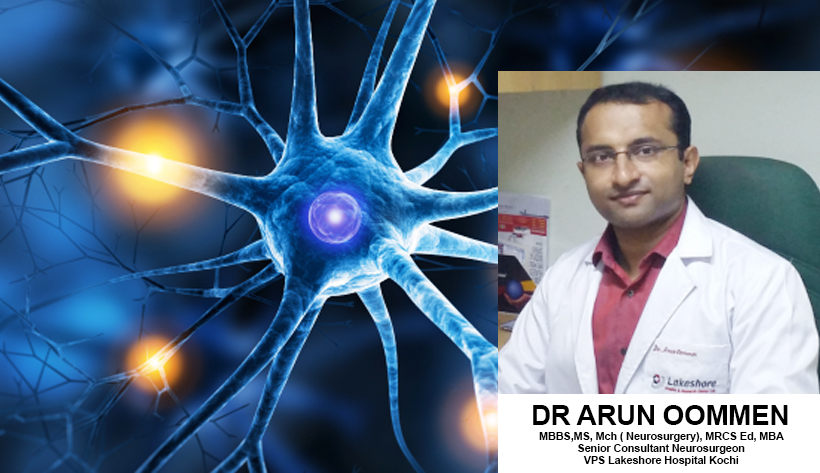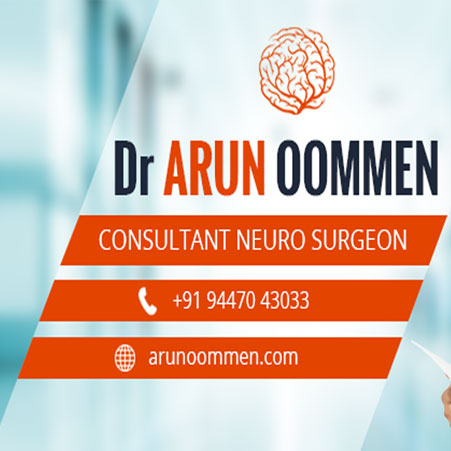Neurocritical care is the intensive care of patients with life-threatening neurological illnesses such as massive stroke, bleeding in and around the brain (subarachnoid hemorrhage, intracerebral hemorrhage, subdural hemorrhage, intraventricular hemorrhage), brain tumors, brain trauma, severe seizures, nerve and muscle diseases (such as myasthenia gravis or Guillain-Barre Syndrome) and spinal cord disorders among others. Many neurocritical care patients are comatose or paralyzed and may suffer injuries in other parts of the body as well. Neurocritical care units specialize in managing the unique needs of such patients.
WHAT ARE THE DIFFERENT TYPES OF ILLNESSES TREATED IN A NEUROINTENSIVE CARE UNIT?
SUBARACHNOID HEMORRHAGE (SAH):
This type of bleeding in the brain occurs in the membranes that surround the brain and is typically due to trauma or the rupture of an aneurysm. An aneurysm is an abnormal ballooning of an artery that most patients are born with. Smoking, high blood pressure and cocaine use can contribute to the formation and growth of aneurysms. Most aneurysms rupture when patients reach age 40-60. Aneurysms should be repaired as soon as possible either with surgery or endovascular coiling. The next 3-14 days after aneurysm rupture represents the vasospasm period. During this time, other brain vessels can become irritable and spasm or clench up. Spasm limits the amount of blood that can pass through that vessel to supply nourishment to the brain. In the worst case scenario, stroke can occur due to vasospasm. Neurointensivists carefully watch patients for the development of vasospasm so they can intervene with medical or endovascular treatments to prevent stroke. Most subarachnoid hemorrhage patients will spend at least 1 week in the ICU. Outcome after SAH depends primarily on the patient’s age, his or her clinical status at presentation (depth of coma etc) and the size of the aneurysm that ruptured.
INTRACEREBRAL HEMORRHAGE (ICH):
ICH is another type of bleed in the brain that occurs within the brain tissue itself. ICH is usually due to high blood pressure, vascular malformations (abnormal tangle of blood vessels) in the brain tissue, brain tumors that bleed, blood thinners, or an entity known as amyloid angiopathy which implies vessel abnormality that occurs in older patients. Some types of ICH are treated with surgery, though most are not. Intracerebral hemorrhages can rupture into the fluid filled spaces within the brain called the ventricles. When this occurs patients often need drainage of this fluid and blood through a tube placed through the skull and into the ventricle. Prognosis after ICH depends on the size of the bleed, the presence of intraventricular blood, the clinical condition of the patient at presentation, the age of the patient and the location of the blood.
TRAUMATIC BRAIN INJURY (TBI):
TBI can result from blunt trauma (falls, motor vehicle accidents etc), or penetrating trauma (such as gun shot wounds, stab wounds etc). There are many types of brain injury following head trauma including bleeds around the brain such as subdural or epidural hemorrhage and injury to the brain tissue itself such as contusions or bruising of the brain. Rapid acceleration- deceleration injury (as in motor vehicle accidents) can cause shearing of the brain tissue which is called diffuse axonal injury. Elevated pressure in the skull is a serious consequence of TBI and must be treated rapidly and aggressively. Many types of TBI are treated by surgically removing the blood (subdural, epidural hemorrhage) or part of the skull to treat the pressure in the brain. Special medications can also be given to lower brain pressure.
STROKE:
Ischemic stroke occurs when arteries that feed nutrients and oxygen to the brain and clogged preventing blood flow. Clots may travel to the brain from the heart or other blood vessels or may form at an atherosclerotic plaque in a vessel. High blood pressure may contribute to abnormalities in small blood vessels leading to strokes. It is important to recognize the warning signs of stroke (sudden weakness, difficulty speaking, drooping mouth, vision abnormalities, difficulty walking etc.) because special clot-busting medications can be delivered to treat stroke if given within a narrow time window. Clot busters can either be given through the veins or directly into the arteries via an angiogram at special facilities. Large strokes may require surgery.












